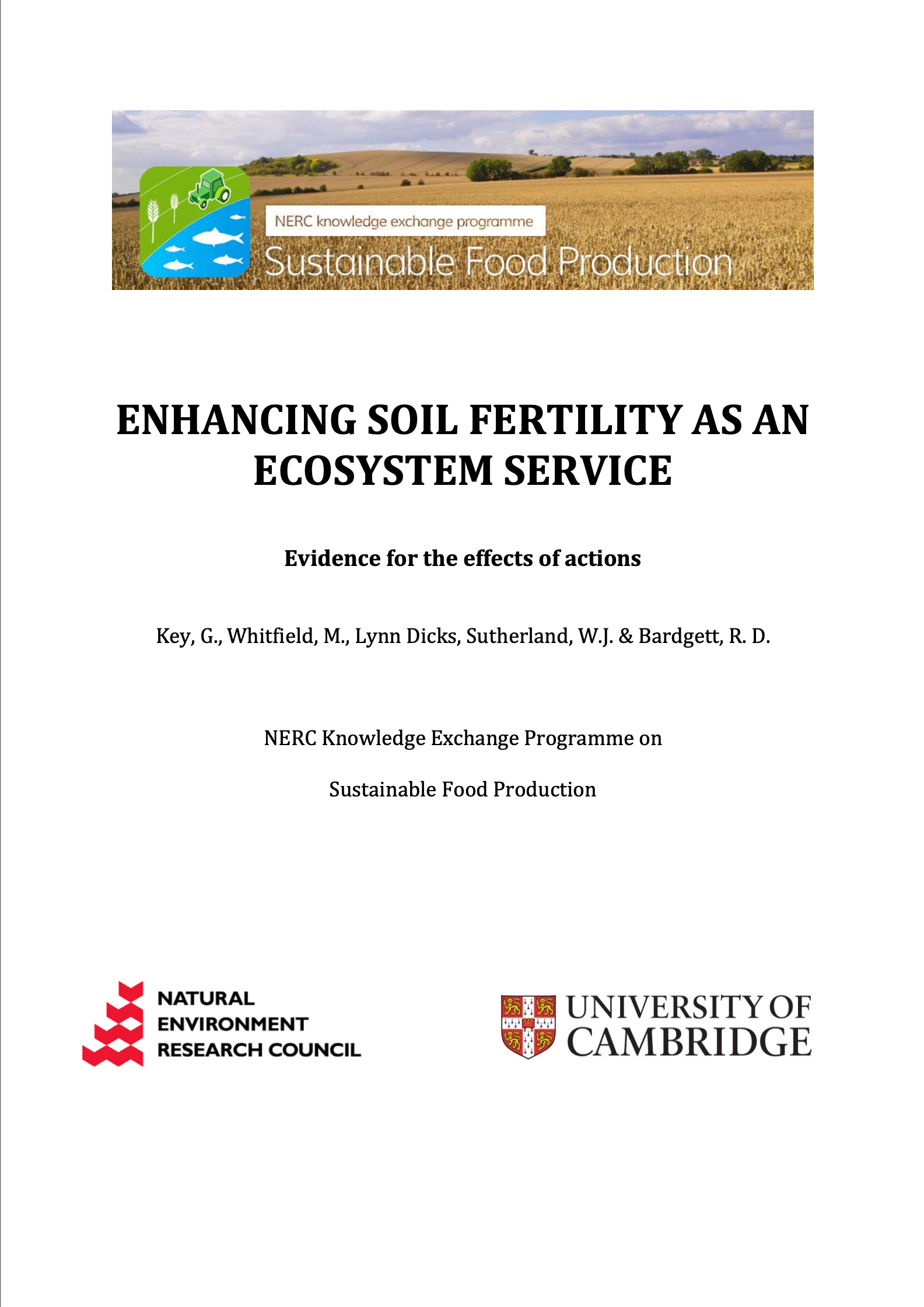Amend the soil with bacteria or fungi
-
Overall effectiveness category Unknown effectiveness (limited evidence)
-
Number of studies: 2
View assessment score
Hide assessment score
How is the evidence assessed?
-
Effectiveness
40% -
Certainty
31% -
Harms
17%
Study locations
Supporting evidence from individual studies
A controlled, randomized, replicated experiment in 2002-2004 on sandy-loam soil in Udham Singh Nagar, India (Srivastava et al. 2007) found that adding soil bacteria and arbuscular mycorrhizal fungi (see background section) increased soil microbial diversity (2.5 x 103 colonies/g soil), compared to the control (1.9 x 103 colonies/g soil). Crop yields in okra Hibiscus esculentus, pea Pisum sativa and cowpea Vigna unguiculata increased when bacteria (33, 25 and 8 kg/ha, respectively) and arbuscular mycorrhizal fungi (40, 28 and 11 kg/ha) were added, compared to the control (22, 21, and 4 kg/ha). Three crops were grown in rotation: okra, pea and cowpea. Each plot was 16 m2. AMF Glomus intraradices and a bacterium species Pseudomonas fluorescens were added to the soil as treatments. Only crop residues were added during the experiment. There were three replicates. Soil samples were taken and soil microbe numbers were measured. The effect of rotation was not reported.
Study and other actions testedA controlled, randomized, replicated experiment from 1996 to 2008 on clay-loam soil in southern Turkey (Celik et al. 2010) found 24% higher organic matter content in soil under mycorrhizal-inoculated compost applications compared to the control. The largest soil aggregations were found under mycorrhizal-inoculated compost (0.11 mm), manure (0.05 mm) and compost (0.07) applications. Crop yield was highest under mineral fertilizer (13720 kg/ha) followed by manure (10500 kg/ha), compost (8780 kg/ha) and mycorrhizal-inoculated compost (7630 kg/ha), compared to the control (5900 kg/ha). Within a wheat Triticum aestivum-maize Zea mays rotation were three replicates five 10 x 20 m treatments: control, mineral fertilizer (300-60-150 kg N-P-K/ha), manure (25 t/ha), compost (equal mixture of grass, wheat stubble and plant leaves, 25 t/ha), mycorrhizal Glomus caledonium-inoculated compost (10 t/ha). Soil samples were taken to 30 cm depth 2008.
Study and other actions tested
Where has this evidence come from?
List of journals searched by synopsis
All the journals searched for all synopses
This Action forms part of the Action Synopsis:
Soil Fertility
Soil Fertility - Published 2013
Soils Synopsis





)_2023.JPG)














